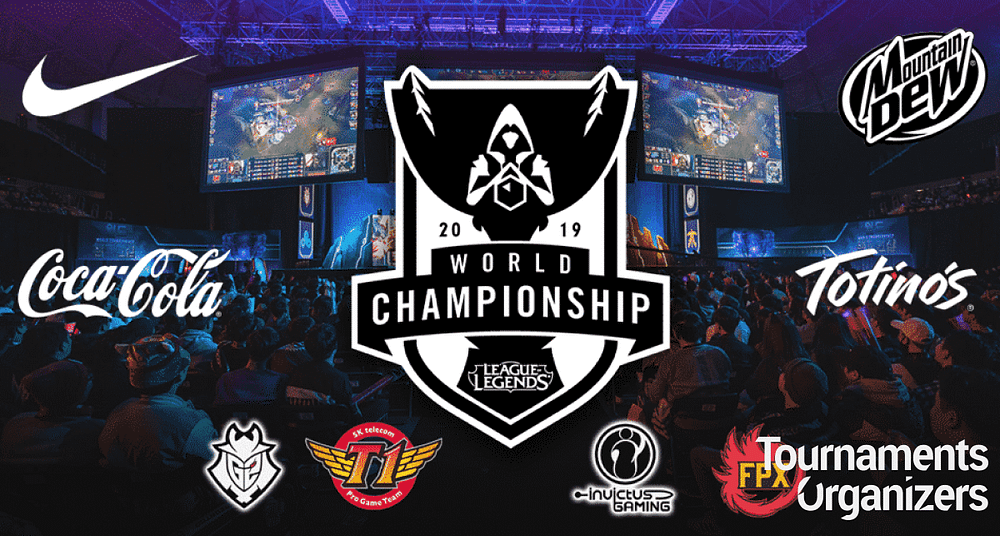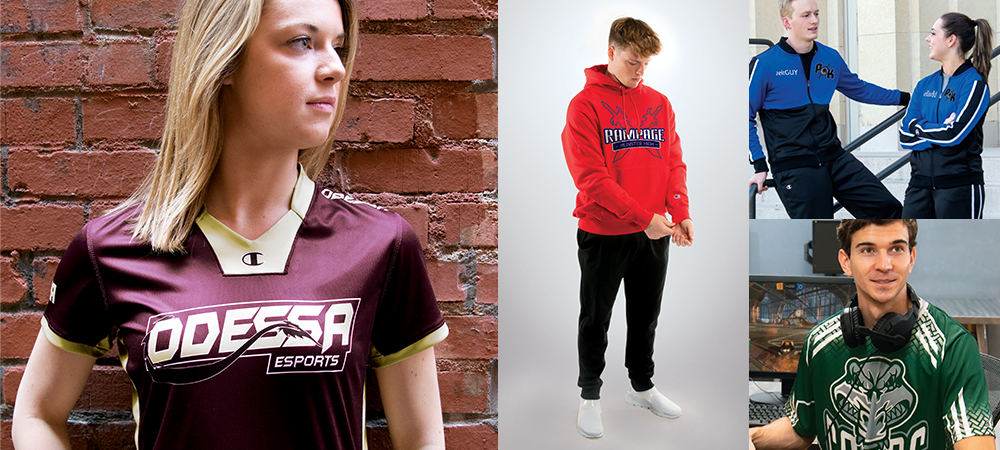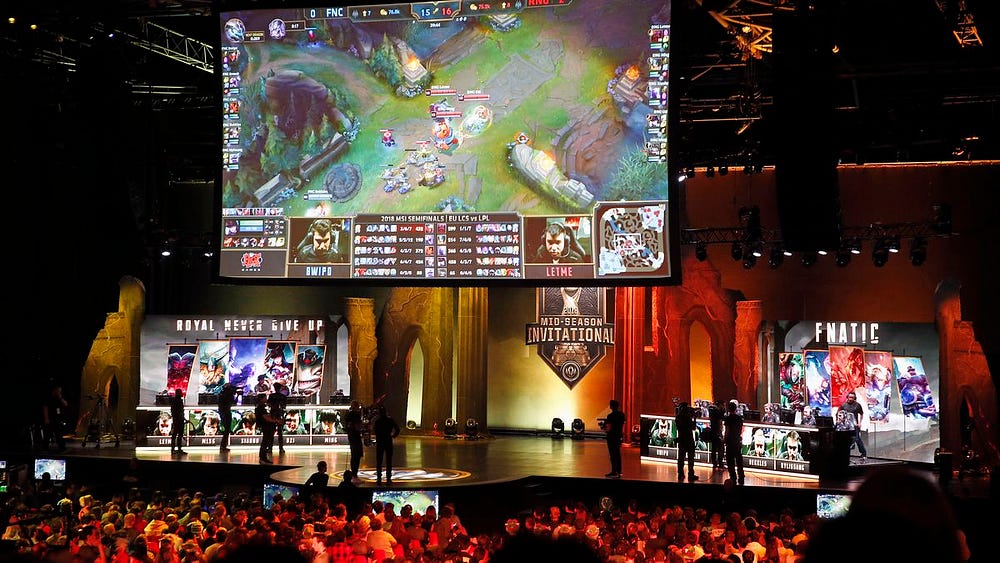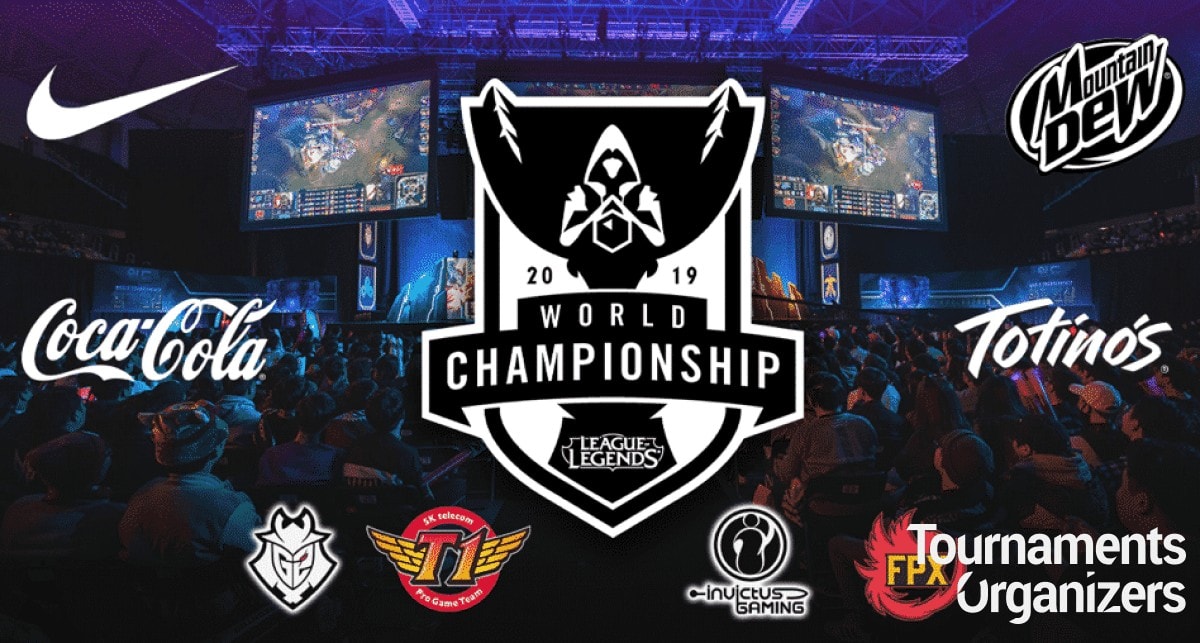Esports teams are by far one of the most influential groups amongst the gaming community today. The esports industry is one of the fastest-growing industries right now and for good reasons. According to AikenHouse, esports team players make on average about $48,000 per year plus any additional earnings. But how exactly do the esports team make their money? Find out right here on Gamezo.
In general, majority of the income that esports organization and teams make are from:
- Sponsorships
- Advertising and Affiliate
- Ticket Sales (to events, tournaments, meet-ups, etc)
- Merchandising
- Media Rights
- Tournament Prize
We’ll be going over these income streams and how they all contribute to how the esports teams make money.
Sponsorships
If you have watched any stream, tournaments, or videos from any esports teams, you will know what we are talking about. Organizations such as Cloud9, 100T, FaZe, and Team Liquid have an overwhelming number of sponsorship deals from a variety of companies. These companies pay the esports organization a lot of money. This is to not only get their brand name out there but also create an affiliation with the teams and their audience. Each esports organization signs a sponsorship deal with these companies to fund their team. In return, they will have their brand featured on things like team jerseys to website stores.
Famous sponsors: Bang Energy, Monster Energy, and even companies like BMW.

Advertisements and afiliates
Very similar to sponsorships, advertisements will generally be featured on media and content that is produced by the esports team/organization. Streamers on the esports team will usually have their channels where they promote a product or service and have a promo code for the audience to use. Once the code is used, the streamer receives a percentage commission based on the code that was used to purchase the product.
Streaming advertisements account are a good revenue source where streamers show the ads of one of their sponsors. This might be anytime when they are streaming and have a large active audience. The value of the advertisement is driven by the engaging viewers that watch the ads and interact with them.
It isn’t just good for the streamers and esports team too. Of the $1.1 Billion that was made in the esports community in 2019, the sponsors got around $456 Million. So it is definitely a lucrative investment on their part.

Ticket sales
Just like any other entertainment and sports industry, esports is a competitive source of entertainment that attracts the masses to their events. Ticket sales to these events and tournaments are a big income stream to esports teams. With an audience attendance size on average around 10,000 to 12,000 people, it can get really busy. At the 2017 Intel Extreme Masters Katowice, there was a record-breaking 173,000 fans attending the event.
It’s not just from the in-person audience either. A lot of the fans who watch the tournaments and events are mostly watching it online. In the 2017 League of Legends World Championship, there was an estimated 80,000 fans attending the event live with another 90 million fans watching online. If you still think esports is a niche, think again.
Merchandising
Put your hands up if you own at least one esports merchandise. Whether it is to support your favorite streamer, pro player, or esports team/organization, merchandise is cool to have. Similar to how the sports industry capitalizes on the brand of their esports team or players. Esports have their own merchandise to sell to their fans. From t-shirts and caps to mouse pads and jerseys.
However, merchandising doesn’t stop with just the physical goods. Unlike traditional sports merchandising, esports merchandising can extend to digital products within games. Players can purchase in-game skins to show their support to their esports team.

Media rights and streaming
As mentioned above, viewership is a big component to how the esports team gets their money. And with the majority of their audience being online, it definitely pays to have the media rights to those streams. Esports organizations are able to negotiate with broadcasting networks or streaming services to reach that online audience.
Streaming platforms like Twitch and YouTube are famous examples of this. Most esports organizations will be required to sign contracts with these companies in order to stream on their platform to reach online viewers. For context, a streamer called THEGREFG holds the record for the highest peak viewerships at 2,470,347 viewers. That is a lot of impressions of content, and if you do not capitalize on those media rights, someone will.
From donations to subscriptions, platforms such as Twitch allows it’s affiliate creators to earn more money by streaming on them. Which is another source of revenue. Paying for monthly subscriptions unlocks multiple benefits for them and many are happy to do so in efforts to support their favorite content creators. Twitch does take about half of all that revenue though, so it’s not all going to them.

Tournament prize
This one is probably the most obvious one, but they do make some of their money from tournaments. This can range from smaller tournament events to some of the major leagues. It all depends on the audience size, sponsors and more importantly, the prize pool And it isn’t always consistent and varies depending on the game. For context, the VALORANT Champions Tour 2021: Stage 2 Masters — Reykjavík had a prize pool of $200,000 while the 2020 LoL World Championship in Shanghai, China had a prize pool of $2.34 Million. This source of revenue is not the most consistent and so esports teams usually rely on their other sources. The tournaments, however, serve an even bigger purpose. Becoming winners of these tournaments will add prestige and value to the esports brands that bring them even more sponsorships and deals.
So that’s all for now. While there are definitely some more revenue streams, these would mostly be the main ones. Till next time!

